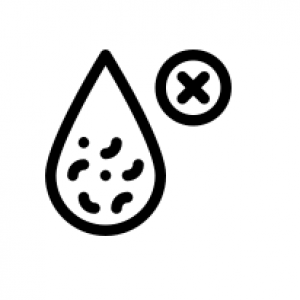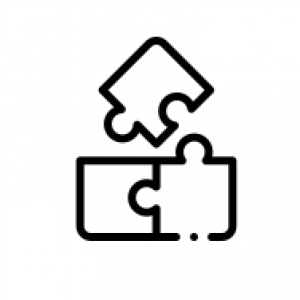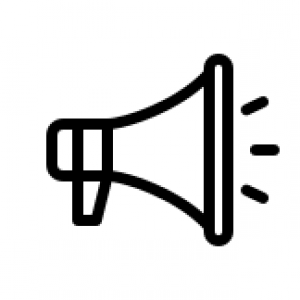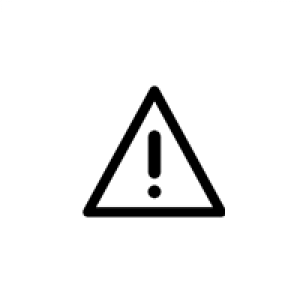Our automated solutions allows you to quickly identify and locate patients, staff, and equipment that may be at risk.
Contact Tracing is a contact history log, based on location, to accurately track interactions with other people and facility equipment. It also allows for faster investigation and reporting of the potential risk when an infected individual enters a facility, adding an extra layer of defence against the spread of disease.
It provides accurate records of location data for staff, patients, visitors, and assets as well as information regarding interactions among them. Location data includes who made contact and the length of time spent in the respected area. This is important for facilities while controlling the spread of Infectious Diseases & Viruses because it will quickly identify only those affected, saving time and resources.
RTLS allows hospital admins to keep patient visibility at 100 percent. As patients move across hospital campuses or even to different facilities, hospitals can keep records of their locations in real-time. Tracking patient movements allows healthcare systems to know the precise location of infected, or potentially infected, individuals. Admins can then isolate individuals and more efficiently halt the spread of disease.
Hospital asset tracking also allows for hospitals to be better prepared in the case of an emergency. If the hospital needs to go into lockdown for a non-infectious emergency, they’re able to quickly track the locations of both patients and staff. It eases some of the stress and helps a hospital’s crisis response time.
Hospital systems prioritize safety for patients, staff, and visitors alike. Any time there is a potential disease outbreak, hospital staff must do whatever it takes to stop the spread, especially due to the fragile health of many of their patients. Unfortunately, this can mean widespread shutdowns, unnecessary patient quarantining, and even pausing or halting patient intake.
These measures often result in significant resource waste preventable frustrations for both patients and staff. When a hospital facility must slow or pause its operations, there’s a risk of potentially millions of dollars of loss. Additionally, mass quarantine of patients produces stress and anxiety for those individuals as well as for the doctors and staff providing care.
hospitals can avoid unnecessary shutdowns. RTLS allows hospital staff to quickly and accurately track the location of infected individuals as well as the routes they travelled within the building. Access to this data empowers administration to pinpoint areas of potential infection. Instead of shutting down entire floors, staff can make informed decisions that keep the hospital safe while maximizing the volume of care they’re able to provide and reducing resource loss.
Contact tracing can be utilized for more than tracking individuals and pockets of infection. RTLS technology can communicate the status of a room or bed availability. As patients are moved or discharged and their rooms are disinfected, team members can utilize contact tracing software to update the appropriate parties.
By utilizing RTLS to communicate room status, hospitals can know precisely when a bed is ready for a new patient. This not only significantly reduces the risk of cross-contamination, but it improves the patient experience reduces time spent in the waiting room, and streamlines patient intake.




See how Contact Tracing works in our latest video! Learn how our solution creates a contact history log based on location, enabling accurate tracking of interactions with others and facility equipment. Discover how this feature facilitates faster investigation and reporting of potential risks when an infected individual enters a facility, providing an extra layer of defense against disease spread.